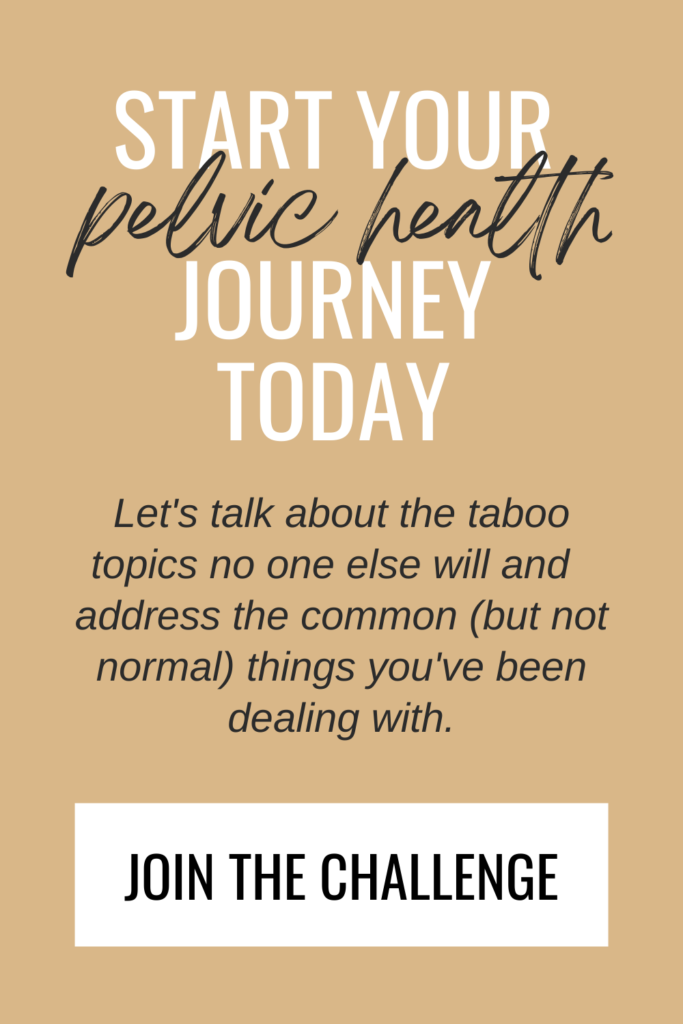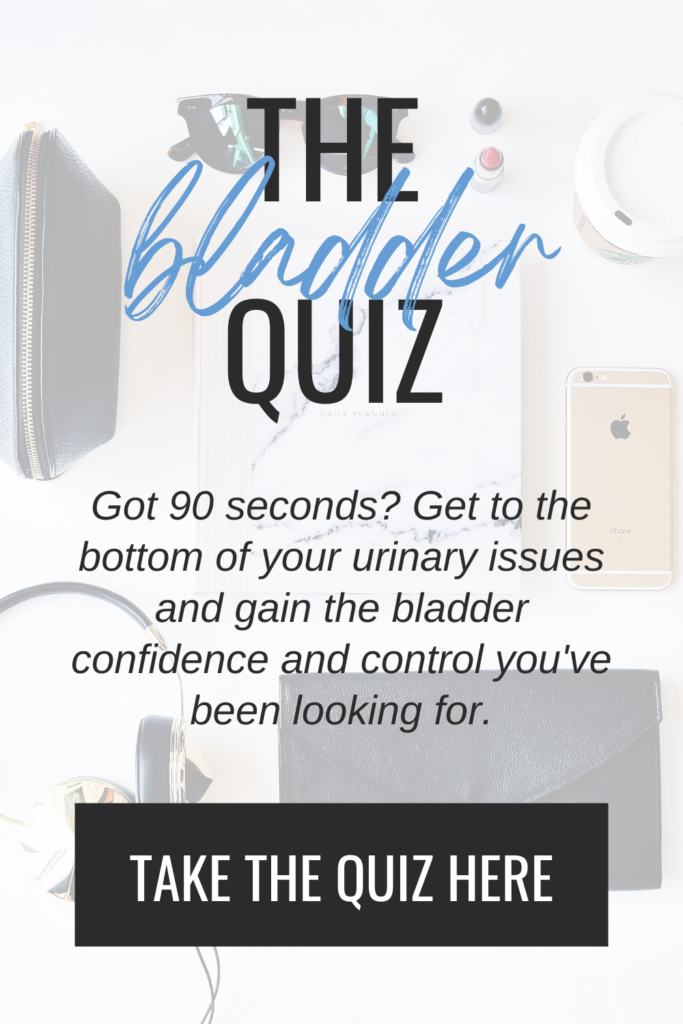As the weather app warns of warm temps ahead, every other app starts pushing those summer time “musts” – BBQs, beaches, boats, oh…and bikini ready bodies. Per society, “bikini ready” means multiple things like weight loss, sun-kissed skin, painted toes, and not one body hair in sight; and tbh, I used to subscribe to all of the above by hitting the tanning beds after work, starting a diet on the first day of spring, and shamelessly baring it all to my waxing gal every month.
Then something magical happened. Once I hit 30(ish), I stopped caring what the world deemed “necessary” and started putting my health (in every sense of the word) first. While I could still go for a bright red pedi (this if my faveeeeee toxin-free polish), the pressure to concede & conform to the rest has basically fallen off my radar.
These days I aim for strong, not skinny. My glow comes from long days in the garden and hammock chats with my girl rather than backyard baby oil bathing. But the hair situation? Let’s dig a bit deeper, friend. Because as a pelvic rehab therapist, I get allllllll the questions about what’s best for your hair “down there” and I have some research-based and clinically-backed opinions on the topic.
Personal preference, societal pressures, and partner partialities can all play a roll in the yay or nay of pubic hair. Do you go all nat-ur-al or get rid of it all? Keep just a bit, and if so…where? And if you do want to go without, do you shave? Sugar? Trim? Wax? Laser? Electrolysis? As if we women don’t have enough to worry about, let’s add decisions like [this] to the mix, shall we?
At the end of the day, you’re going to choose what’s best for you in the season you’re in. And I support that 1000000000%. But I’d like to bring some facts to the table to help you make that choice with a bit more guidance than what the grocery store magazine preaches or what your girlfriends are recommending (although bestie reviews are rarely wrong, #amiright?). How you care for your pubic hair is a big deal, and I’m here to help.
The *many* functions of pubic hair
I’m a firm believer that the good Lord knew what He was doin’ when He made us, and therefore we have all of our body parts for a very specific reason…and pubic hair is no exception. A lot goes on at, in, and around the vulva (the fancy term for the female genetalia, including the labia minora, labia majora, clitoris, and vaginal opening), and there are many known functions of pubic hair.
Protects from dirt and bacteria. Kind of like eyelashes or nose hair, pubic hair functions to protect the vagina from dirt, debris, and potentially harmful microorganisms. Hair follicles also produce sebum, an oh-so-useful oil that limits and inhibits bacteria reproduction.
Absorbs moisture. Sweat, discharge, blood, and other vaginal secretions (all normal, btw ;)) can join forces to make the area “down there” a very wet environment. Hair helps wick moisture off the skin beneaht it to prevent irritation.
Reduces skin friction. Exercise, intercourse, and the movements of everyday life result in a lot of rubbing on the vulva. Add in the invention of thongs and G-strings and you’ve got ~lots~ of opportunities for chafing and abrasion. Hair reduces that friction and aids in keeping the skin safe.
Increases clitoral stimulation. While there’s typically no hair directly growing out of the clitoris, the clitoris itself is actually quite large with “legs” that travel down the side of the vaginal opening beneath where hair grows. Some research shows that the movement and tug on pubic hair can increase clitoral stimulation and therefore sexual arousal.
So yeah…I guess you could say pubic hair does a lot. And becoming more aware of the above is what made me second-guess and ultimately cancel my monthly waxing appointments. If chronic infections or constant irritation are a problem for you, keep in mind that pubic hair can help.
How to keep your vulva clean (& happy)
One of the biggest pelvic health mistakes women make is how they clean and care for their vulva. Improper maintenance is a primary cause of ingrown hairs, folliculitis, odor, and irritation, all of which can push people to one form of pubic hair maintenance or another. But whether you’re bare or bushy or anything in-between, it’s likely not the hair that’s causing these problems, but how you care for this area instead.
WASHING
The vagina is a self-cleaning structure, and a majority of the discharge and mucus your body produces is created to rid the area of dirt and bacteria. Introducing soap to the vulva (yes…even the all-natural, toxin-free, gentle-as-can-be feminine washes) can interrupt your body’s ability to self-clean and may also be the primary culprit for the ingrown hairs, folliculitis, odor, and irritation mentioned above.
Water and your hand are all you need to safely and effectively wash your vulva (trust me on this!). Fill you hand with water and splash it down there while in the shower or swish water in there if you take baths (before adding any soaps or shampoos to the mix). And if you’re feelin’ fancy, use your removable shower head on the low setting and simply spray.
WARNING: If you’ve been using soap for a hot minute, it can take a few days for your body to regulate. When you stop using soap (please…for the love of all that is holy…stop using soap), you may notice a change in odor or discharge, but that should normalize and ultimately improve in about a week’s time.
CLOTHING
Tight clothing and/or synthetic, non-breathable materials are a recipe for disaster in the form of vulva irritation. While it might not be the cutest option, white, 100% cotton underwear really is the best for the skin, glands, and hair follicles, no matter how you choose to groom your pubes.
And while we’re on the topic, how you launder your clothes can make a difference too. I use norwex laundry detergent (PS- it looks expensive but you only need half a tablespoon [!!!] per load of laundry) and dryer balls rather than toxic fabric softer or dryer sheets. Both of these switches have made a significant impact on my and my family’s skin health and are worth the consideration.
Pubic hair removal options
Nowadays there are multiple options for pubic hair maintenance and management, and each comes with its own set of pros and cons. Like most things in life, it may be worth taking time to draw a line down the middle of a page and list out each before moving forward.
Shaving, sugaring, trimming, waxing, electrolysis, and laser hair removal all pose the risk of vulva injury (hellooooooo pointy, sharp, hot, or sticky objects), introduce bacteria to the area, and require time and energy from your day. Some are more expensive than others, especially if done professionally, and all but trimming also run the risk of burns, blisters, ingrown hairs, and folliculitis to varying degrees.
If you prefer to keep things bare, a pro of sugaring, waxing, and ultimately electrolysis or laser is less upkeep. Sugaring is also known to be less toxic and more tolerable than waxing, but not as effective on thick or course hair. Laser hair removal has a reputation of being less painful, requires fewer treatments, and reduces the risk of ingrown hair compared to electrolysis.
Shaving and trimming tend to be most easily accessible if you don’t mind putting in a bit of time and patience. Make sure to keep your tools clean (click here for my ride-or-die razor and favorite pair of scissors), vulva just as clean (scroll back up a bit for those tips), and shave in the direction of your hair growth for best results.
Once you’ve weighed the risks and benefits, choose what’s best for you in the season you’re in, and I mean more than the fact that summer’s just around the corner. What currently gives you body peace and confidence? Is your vulva healthy? Where are you financially? How much time and energy are you willing to dedicate? YOU know the option that will make your body, heart, and soul smile when you look in the mirror. Pick that!
A little PSA from your favorite pelvic rehab therapist *wink wink*
As a medical professional who more often than not asks women to remove their clothing from the waist down (after consent, of course), I can tell you that your pubic hair requires no apologies nor is last-minute grooming necessary. In fact, more than anything, I just want to see your “normal”…whatever that may be.
To keep or cut…that is the question
To keep or to cut is a question that’s become more difficult as other options like waxing, sugaring, shaving, laser, and electrolysis have come on the scene. And while the benefits of pubic hair are obvious, there are outside factors and internal inclinations that will ultimately shape your final choice. Once you decide yay or nay, the next question is “how”, and [that’s] where you can make the biggest difference in your vulva health.
The good news?…none of the hair removal options are permanent. If you don’t like it or have a negative reaction, don’t keep your next appointment, try something else, or grow it out a bit and watch how your body responds.
Vulva health is *literally* the first thing I ask my patients about when doing a pelvic exam – not only is it the first thing I see, but it’s also one of the easiest places to make a positive difference in bladder, bowel, sexual, and reproductive health as well. While I have my own personal preference when it comes to pubic hair, I support whichever route you choose. As long as you make that decision in an informed manor, I’m all for ya!
– Amanda
Disclaimer: The content provided here does not constitute medical advice, nor is it a substitute for personalized healthcare. I’m a doctor, but I’m not your doctor. If you have concerns about a medical condition, diagnosis, or treatment, you should consult with a licensed healthcare professional.
Disclosure: Some of the links above are affiliate links, meaning, at no additional cost to you, I will earn a commission if you click through and make a purchase. No pressure, but I have a feeling you’re gonna like what I’ve taken the time to put my recommendation behind.



















